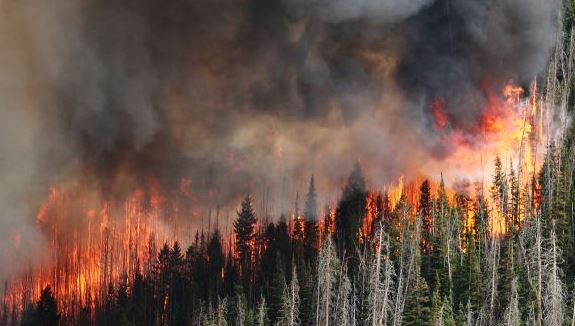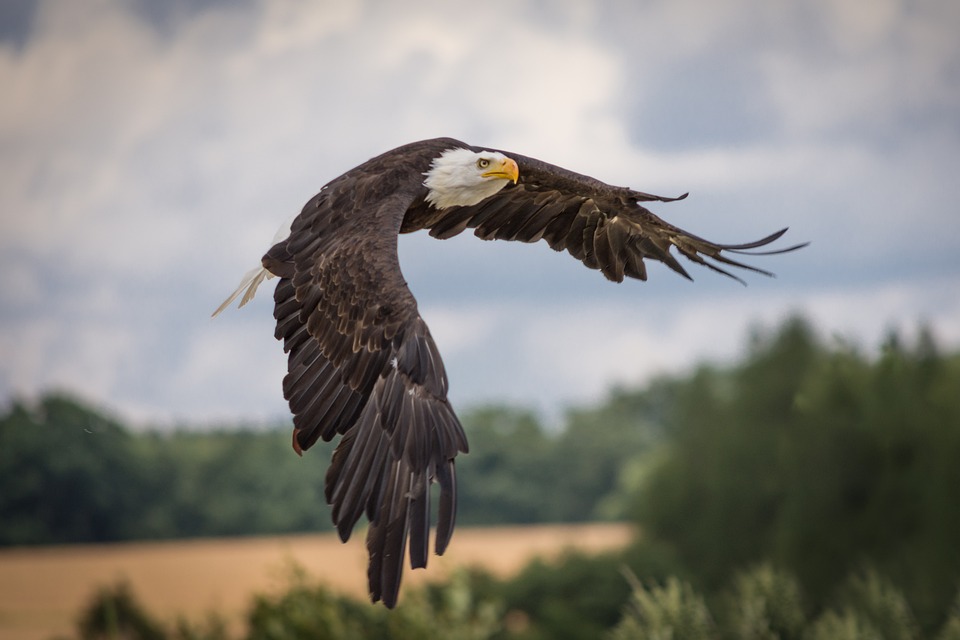Wind Farms Raise Temperatures at the Surface Level
The Institute for Energy Research
Studies have found that wind turbines impact local meteorological conditions by raising temperatures at the surface level while the wind turbines are in operation. Due to lucrative federal subsidies, wind farms are being built at a rapid pace contributing to a growing concern of the cumulative impacts these wind projects will produce. Advocates of wind argue that the surface temperature impact of turbines is local and not global, as are emissions of greenhouse gases, and that wind turbines are only redistributing heat rather than trapping it in the atmosphere. Those same advocates, however, ignore the rising energy costs and poor reliability of wind turbines on the electric grid and the fact that after decades of subsidies, wind energy accounted for a mere 4 percent of the total U.S. primary energy consumption in 2022, while coal, oil and natural gas provided nearly 80 percent. They also ignore the number and types of birds that are killed from wind turbines, which is significant, and the impact of wind turbines on farming.
The Studies
A 2004 study in the Proceedings of the National Academy of Sciences found that “large-scale use of wind power can alter local and global climate by extracting kinetic energy and altering turbulent transport in the atmospheric boundary layer.” The study states that large amounts of wind across the continent will produce a pronounced impact on the climate. A 2010 study found that wind farms affect temperatures and humidity near the surface and that the “explosive growth” of future wind farms could impact agriculture. A 2013 study found the same impacts. A 2015 study found that wind farms raise nighttime temperatures. A 2011 Purdue study found increased temperatures at the surface were a result of wind farms, as did a 2016 study in Scotland. A 2018 study estimated that generating electricity demand with wind power in the United States would warm surface temperatures by 0.24 degrees Celsius, which is nearly one-fourth of the amount of warming the globe has seen since 1800.
Wind turbines complicate farming as straight rows in a field and efficient aerial applications are no longer viable, decreasing farm efficiency. Many agriculture pilots refuse to fly their aircraft within a half-mile of the turbines. Ground rig sprayers also do not work well in turbine fields if the ground is soggy or the crops are leaning. And, the equipment used to build wind turbines can damage drainage lines in a field and often the damage is not fixed in a timely manner or at all if the wind company disagrees that the damage is their fault. Also, higher temperatures occurring at night in areas with wind farms results in plants releasing more carbon dioxide than they would otherwise. That carbon dioxide is needed to make plant material and grow crops, but has also been the target of all of President Biden’s actions on climate. Nighttime temperatures have been increasing during the past 40 years and were made worse by wind turbines after they started multiplying, incentivized by federal tax credits beginning in 1992. Those increased nighttime temperature increases are limiting crop yields.
Wildlife Impacts
The studies on the surface temperature did not look at impacts upon wildlife, considering impacts to agriculture instead. In Wyoming, however, wind projects are being built within a major corridor for golden eagles. Mike Lockhart, a wildlife biologist specializing in eagles who worked for the U.S. Fish and Wildlife Service (FWS) for more than 30 years said that the number of eagles killed by wind turbines in a major corridor is significant and likely underestimated. The golden eagle is protected under the Eagle Act. Wind facilities are required to obtain so-called “incidental take permits” for killing golden eagles that are issued by the Fish and Wildlife Service. The wind industry, however, is ignoring the Eagle Law and not getting the required permits, as FWS indicates:
“For golden eagles, a goal of the 2016 Eagle Rule was to increase compliance and improve consistency and efficiency relating to permitting golden eagle take at wind-energy projects. However, those goals have not been realized. While participation in the permit program by wind energy projects has increased since 2016, it still remains well below our expectations. Low application rates and permit-processing requirements that some have perceived as burdensome have resulted in few permits being issued for wind projects as compared to the number of operational wind projects in areas where golden eagles occur. As a result, golden eagles continue to be taken without implementation of conservation actions to offset that take.”
The Biden FWS is not cracking down on wind turbine bird kills. Instead, it proposes to make permitting easier by making it less effective. Because wind project developers think eagle kill permitting is too “burdensome,” the Biden FWS proposes to ease up on the requirement. The FWS proposal is to do away with site specific permits and instead create a “general permit” that covers all normal wind projects and their bird deaths. A project signs up and pays a small fee, which supposedly mitigates future eagle deaths. As part of the general permit, the entire project is exempt from NEPA as long as eagle killing is all they are doing. Having no requirement for an Environmental Impact Statement as other projects must submit to speeds the process up. Also the requirement that an independent observer count the dead eagles is not part of the general permit. Instead, the government will depend on the wind facility operators (who have not been getting permits) to tell when too many birds have been killed by the turbines. Clearly, this favors wind development at the expense of the eagles. President Biden said that every federal agency should do whatever it can to promote renewables and this FWS proposal apparently meets his test.
A 2013 paper titled “Estimates of bird collision mortality at wind facilities in the contiguous United States” estimated that about 250,000 birds die a year from bird deaths. With around 50,000 megawatts of installed capacity, that is roughly 5 deaths per megawatt per year. For the Biden Administration’s goal of “net zero” emissions, Tesla calculates that the United States will need 2 million megawatts of wind capacity. At five bird deaths per megawatt that results in 10 million deaths a year or 300 million dead birds over the 30 year lives of the FWS proposed general permits. The vast majority of the dead birds are expected to be songbirds, but migratory bird deaths as well as birds of prey have been common.
In Wyoming, the noise and industrialization from wind projects are also expected to spread across migration corridors used by pronghorn antelope, which will not only harm wildlife but could impact tourism in some areas. BluEarth Renewables, which is building the 60-turbine Two Rivers Wind Energy Project near Medicine Bow, and Connect Gen, which is building the Roundhouse Wind Projects, together will have 106 turbines.
Conclusion
The studies showing the impacts of wind turbines on surface temperatures raise questions about the value of wind energy in the United States as the higher nighttime temperatures affect crop yields and contribute to warming, which climate alarmists including President Biden call “an existential threat.”
Also, wind energy is weather driven and as such does not generate power 24/7 as required by consumers of electricity. As such, it requires back-up power from coal or natural gas generators that stand-by at higher operating cost than if they were run 24/7, or expensive batteries if there is enough excess wind power to store electricity for release when the wind is not blowing. In essence, it requires the building of multiple systems instead of simply one that can run all the time.
Further, wind power is supported by lucrative federal subsidies paid by taxpayers and state mandates. And, Biden’s Fish and Wildlife Service is allowing wind turbines to kill birds by its revised permitting requirements and its lax environmental control. The government is definitely bending all the rules and slathering on huge incentives to build wind turbines. Americans will have to decide whether they support this preferred energy source or not as the costs mount.




